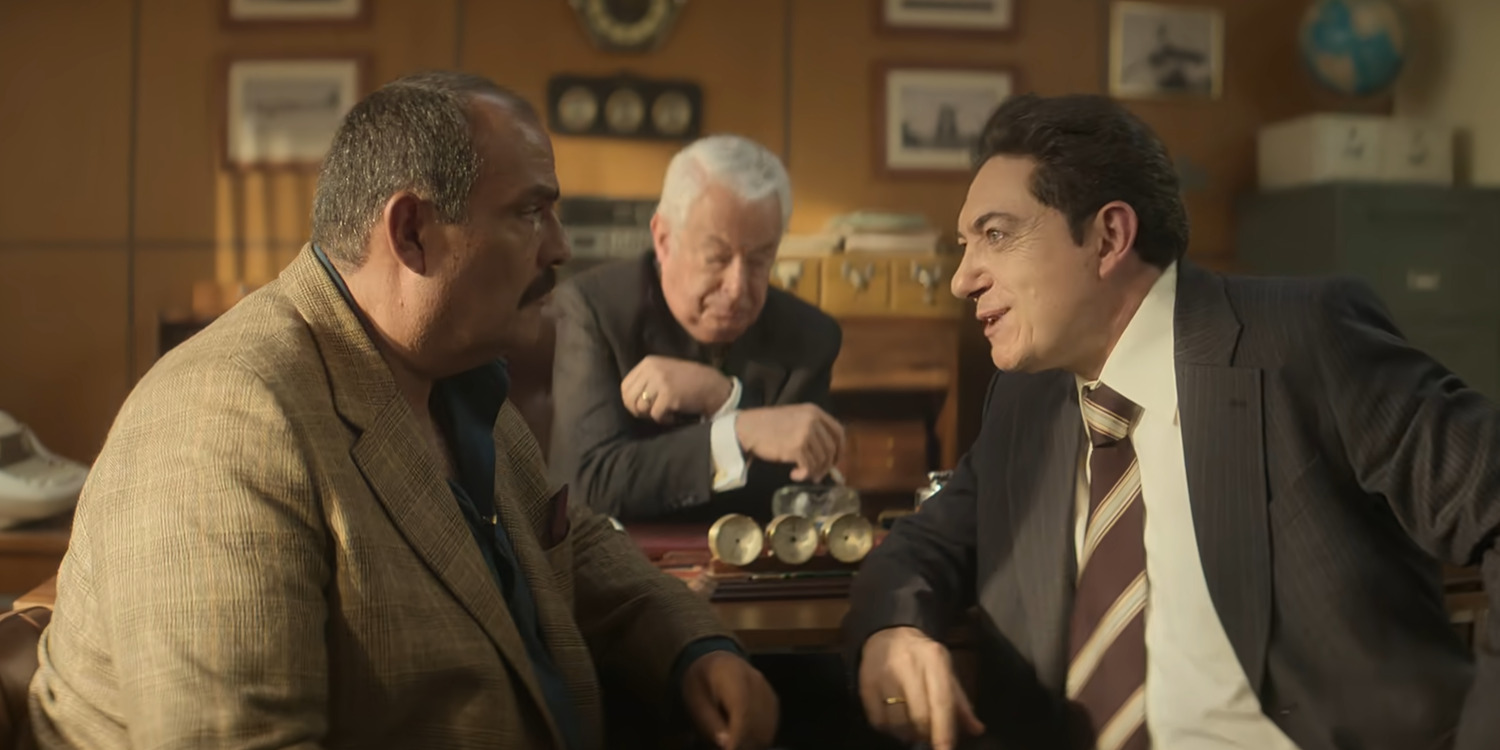‘The Hijacking of Flight 601,’ Netflix’s Spanish drama show centering on an airplane hijacking, presents a suitably high-pressure account of a tense situation. A central part of the narrative unfolds aboard the titular Flight 601, where numerous passengers and crew members are under Toro and Borja’s armed control. Simultaneously, a parallel tale unravels at an Aerobolivar Airline airport where Pirateque, the manager, attempts to negotiate a deal with the hijackers. As a result, the narrative gets to explore the taut environment in the sky and the land at the time of such a devastatingly aggressive takeover.
Furthermore, the airport’s storyline establishes the government’s engagement with the situation and highlights its firm decision not to negotiate with terrorists. Consequently, Julio Cesar Esguerra, the Vice Minister representative of the Columbian President, remains a contentious character. However, is there any real-life relevance to his storyline?
Esguerra, A Fictional Politician
‘The Hijacking of Flight 601’ dramatizes the real-life events of SAM Colombia Flight HK-1274’s journey on May 30, 1973, when it became the site for one of the longest hijackings in the course of aviation history. Therefore, many of the plot points and characters pitched within the narrative retain a real-life basis or a counterpart from which they draw inspiration. Nevertheless, unlike flight attendants, Edilma Pérez and Bárbara Gallo— or even pilots Wilches and Lequerica— Julio Cesar Esguerra’s relations to real life remain flimsy.

Within the show’s narrative, Esguerra finds his introduction as the President’s representative at Aerobolivar Airline. Due to the politically charged nature of Toro and Borja’s hijacking, wherein they demand the release of political prisoners as ransom for the passengers and the crew’s lives, Esguerra arrives to ensure the Airline’s plan of action remains within appropriate parameters. However, since the President explicitly refuses to negotiate with the hijackers and implies anyone who does would be an accomplice, the parameters of actionable retaliation shrinks.
In real life, the Columbian government did issue a statement asserting their firm decision of not negotiating with terrorists. In turn, the same lent a tense disposition to an already fraught situation. Nevertheless, the actual airline involved in the real-life event, Sociedad Aeronáutica de Medellín, or SAM, sported free reign to negotiate with the hijackers to ensure the safety of their passengers and crew members. Furthermore, given the flight’s tactic of airport hopping, going from one country to another, the Columbian government wasn’t the only political party that the hijackers had to contest with.
Lastly, the show’s depiction of Esguerra’s involvement in the aftermath of the hijacking— wherein he personally interrogates the crew members about the hijacker’s mysterious escape and their current whereabouts— is also likely a fictitious addition to the story. Reportedly, the authorities carried out extensive interrogation of Flight HK-1274’s crew members. Yet, there are no records to suggest someone like Esguerra, a government Minister, was involved in the same.
Therefore, given the lack of Esguerra’s correlation with a similar individual involved in Flight HK-1274’s on-ground operations, the character is rendered a work of fiction. For the most part, his official inclusion in the narrative infuses raised stakes and a menacing threat to the situation due to his inherent political intrigue. As a result, the secondary narrative that unfolds on the ground achieves a tense and threatening perspective that complements the gripping circumstances aboard Flight 601. Still, the character ultimately fails to have a tangible basis in real life.
Read More: Is Aerobolivar a Real Airline Company? Is Flight 601 Based on an Actual Plane?


You must be logged in to post a comment.